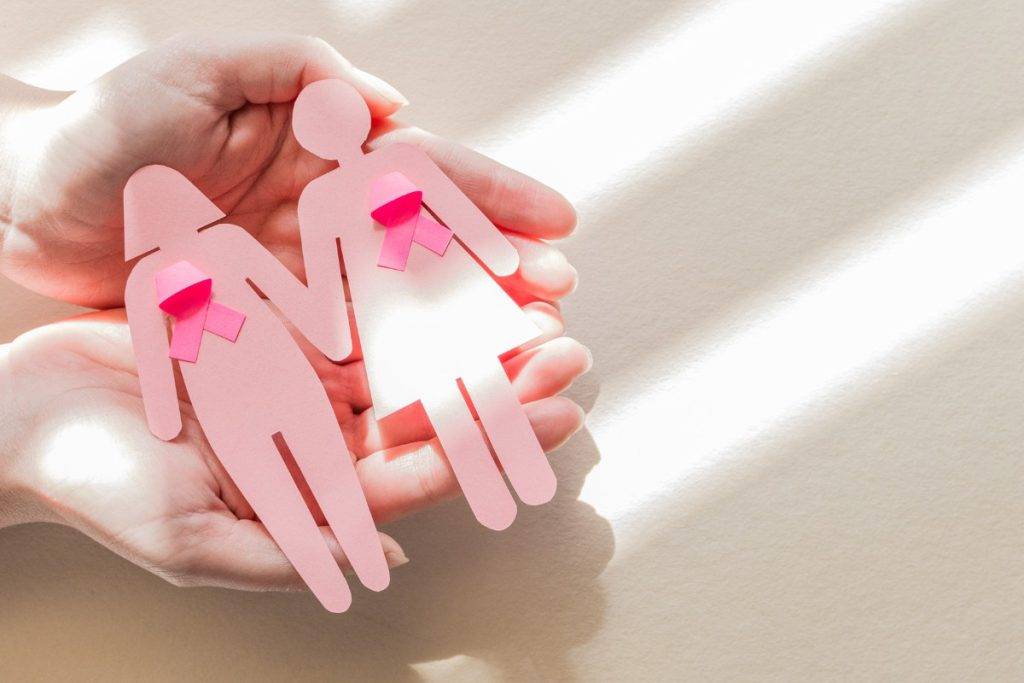Breast lump removal is surgery to remove a lump that may be breast cancer. Tissue around the lump is also removed.
When a noncancerous tumor such as a fibroadenoma of the breast is removed, this is also called a Wide Local Excision, or Lumpectomy or Simple Mastectomy
Symptoms that need prompt medical attention:
• Nipple tenderness
• Lump in the breast or underarms (not all lumps are cancerous)
• Change in skin texture of the breast
• Unexplained change in the size or shape of the breast or nipple
• Unexplained swelling or shrinkage or dimpling of the breast
• Recent asymmetry of the breasts (could be normal many times)
• Any Nipple Discharge (except when breastfeeding)
A surgical procedure in which a scalpel is used to cut out a tumor or other abnormal lesion and some normal tissue around breast. The amount of normal tissue removed depends on how deep or how large the tumor being removed is.
Surgery to remove cancer or other abnormal tissue from the breast and some normal tissue around it, but not the breast itself. Some lymph nodes under the arm may be removed for biopsy. Part of the chest wall lining may also be removed if the cancer is near it. Also called breast-conserving surgery, breast-sparing surgery, partial mastectomy, quadrantectomy, and segmental mastectomy.
Surgery to remove the whole breast, which may include the nipple, areola (the dark-colored skin around the nipple), and skin over the breast. Some of the lymph nodes under the arm may also be removed to check for cancer. Also called total mastectomy.

• Have nothing to eat or drink 6 Hours before surgery except for prescribed medications you have been told to take with a sip of water.
• Report 2 hours before the Surgery time (OT Procedure)
• Carry Doctor’s Case Paper on which treatment is written at the time of Admission to Hospital
• Carry Insurance Documents with you to the Hospital before Admission
• Do not apply any lotions, perfumes, deodorants, or Nail polish before surgery
• Take off your jewellery including earrings and piercings
• Don’t shave the area, this will be taken care by Hospital nurse
1. Take pain relieving and other medications as advised. Pain-relieving medication should be taken with food.
2. Follow-up with the doctor after a period of 10 days.
3. Eat a healthy diet and drink plenty of non-alcoholic and non-caffeinated drinks.
4. Do not operate any machinery, or lift any heavy articles after Surgery
5. Rest for a few days after the surgery is advisable, but keep mobile.
Developed by PRAZONE Web Solutions
Copyright © 2024 All rights reserved by
Dr Pradeep Shriyan